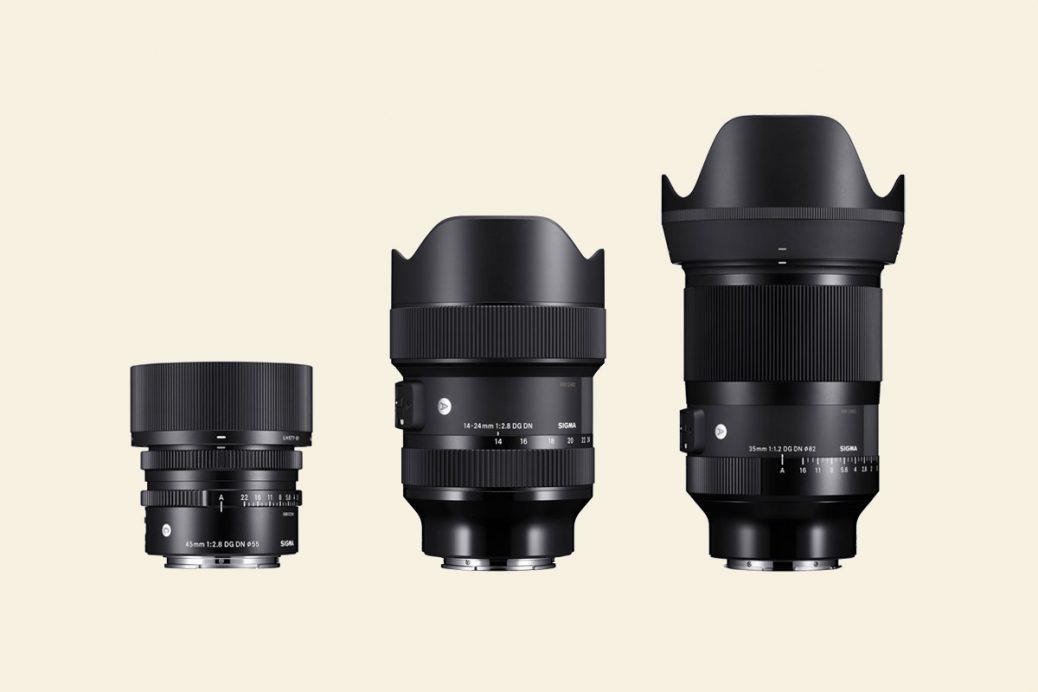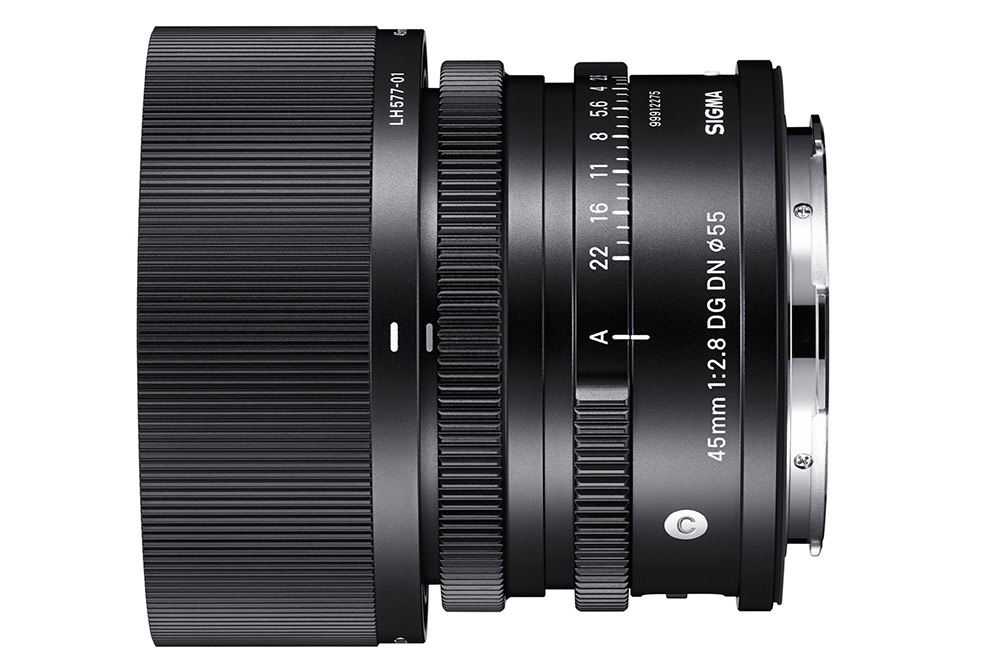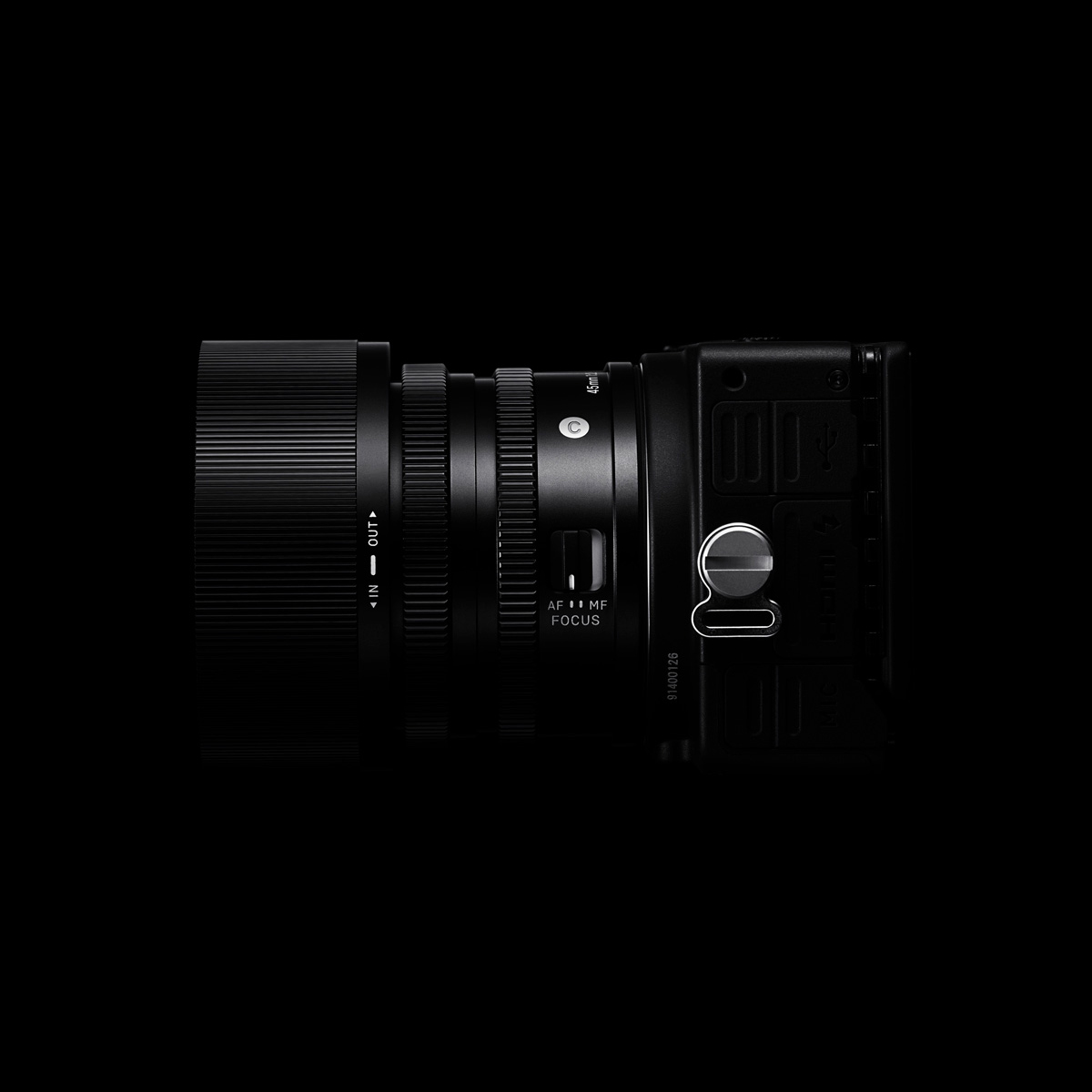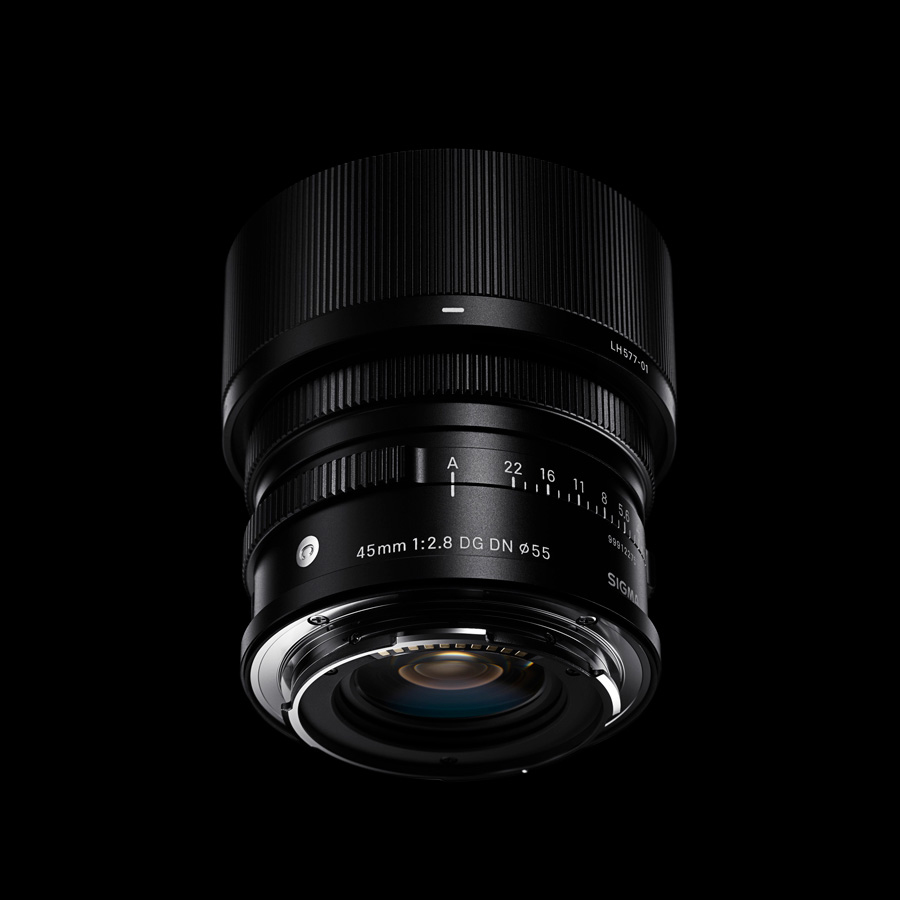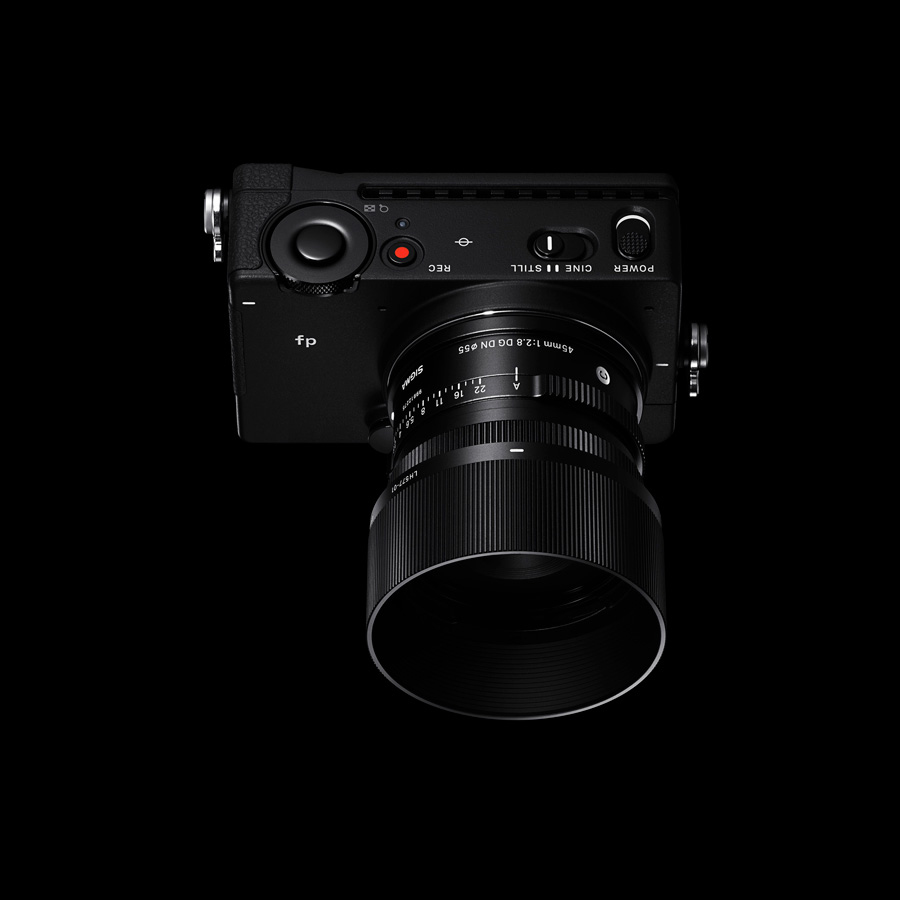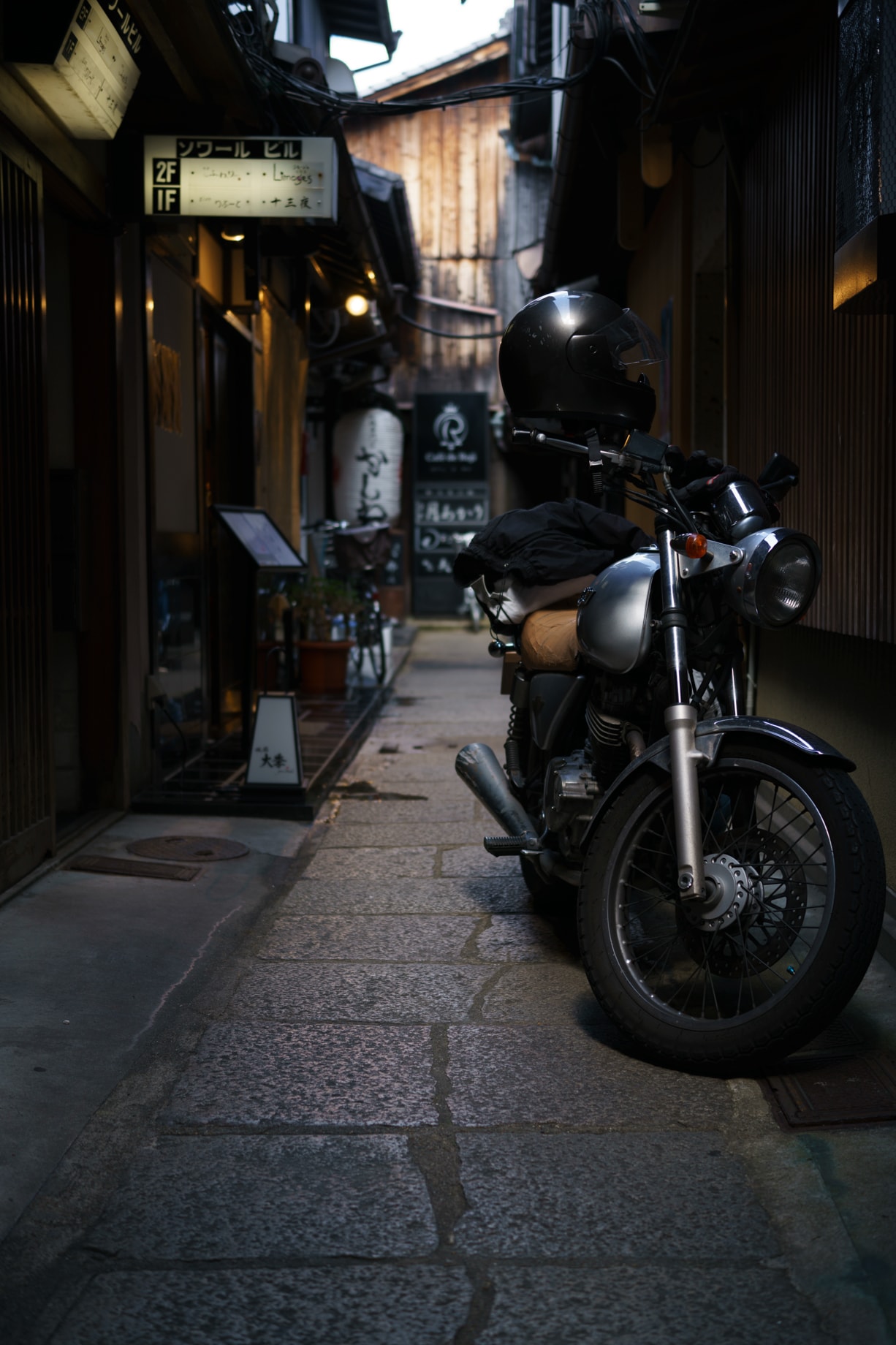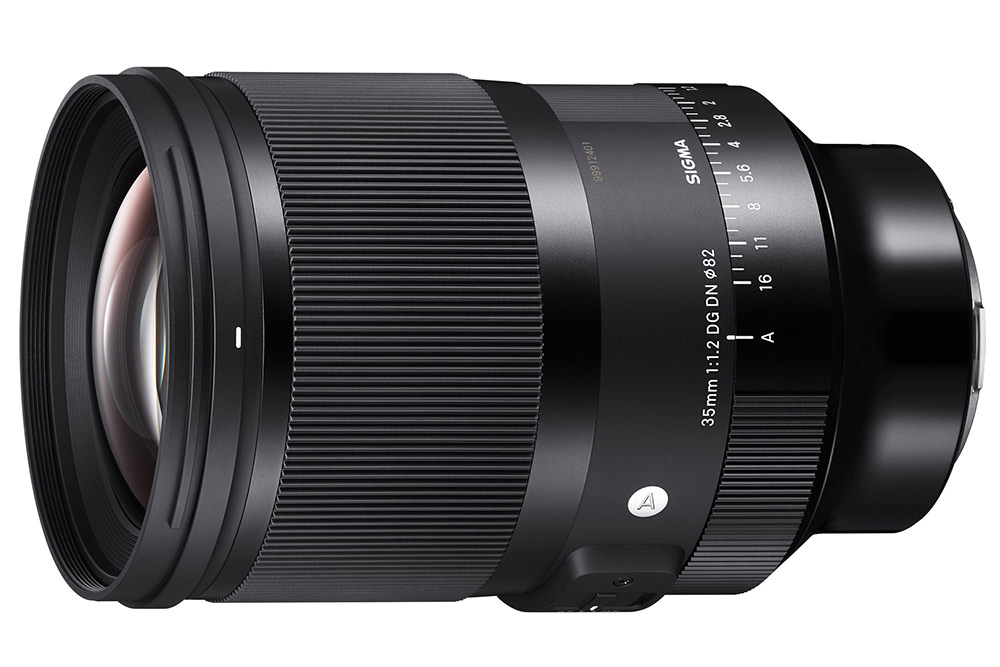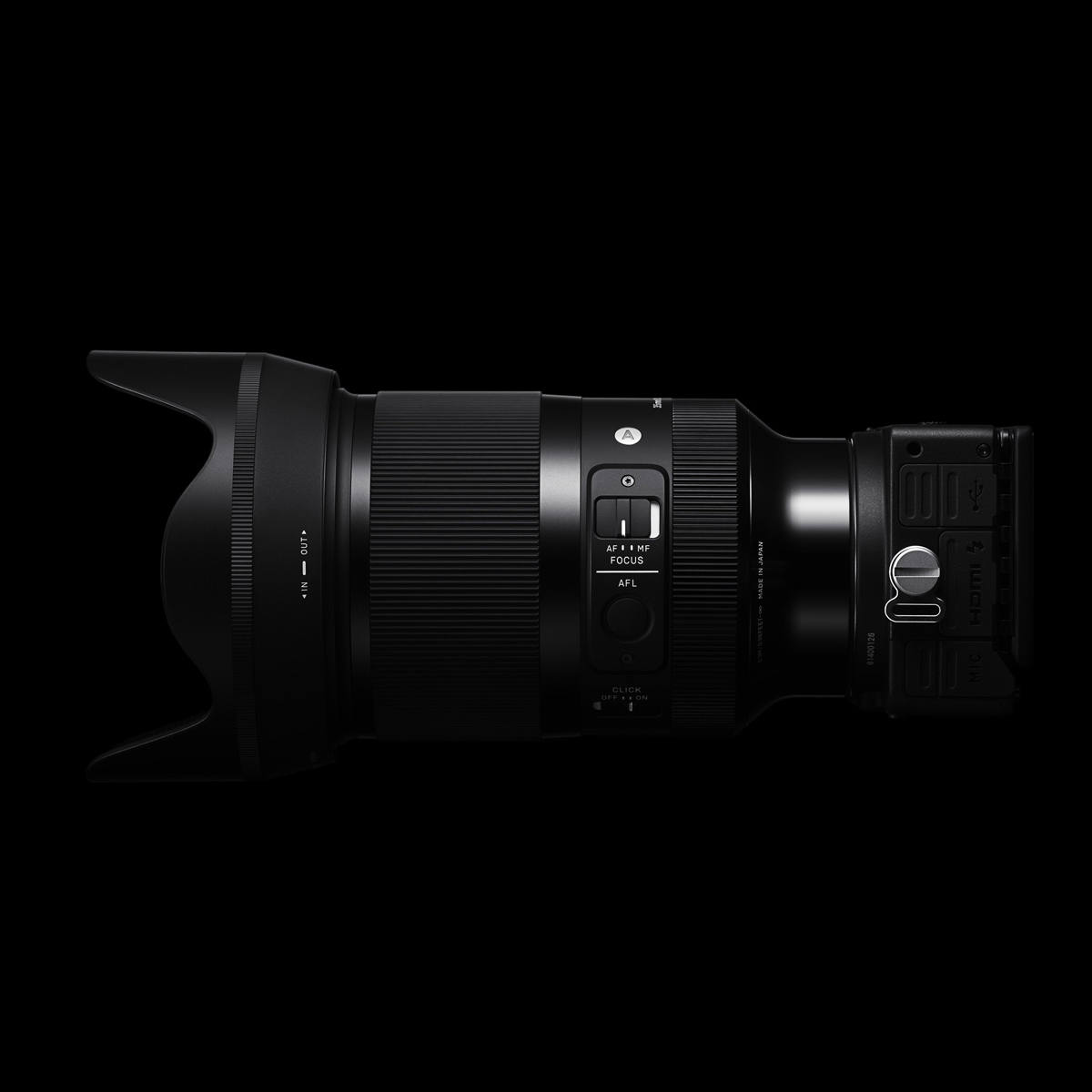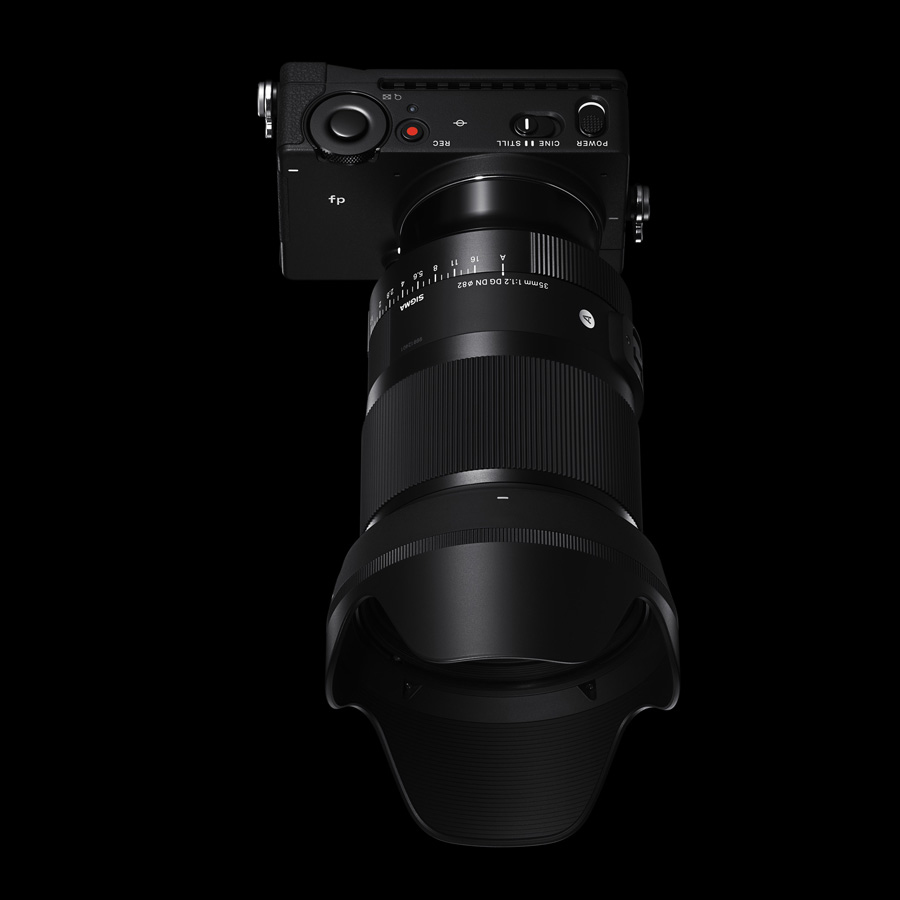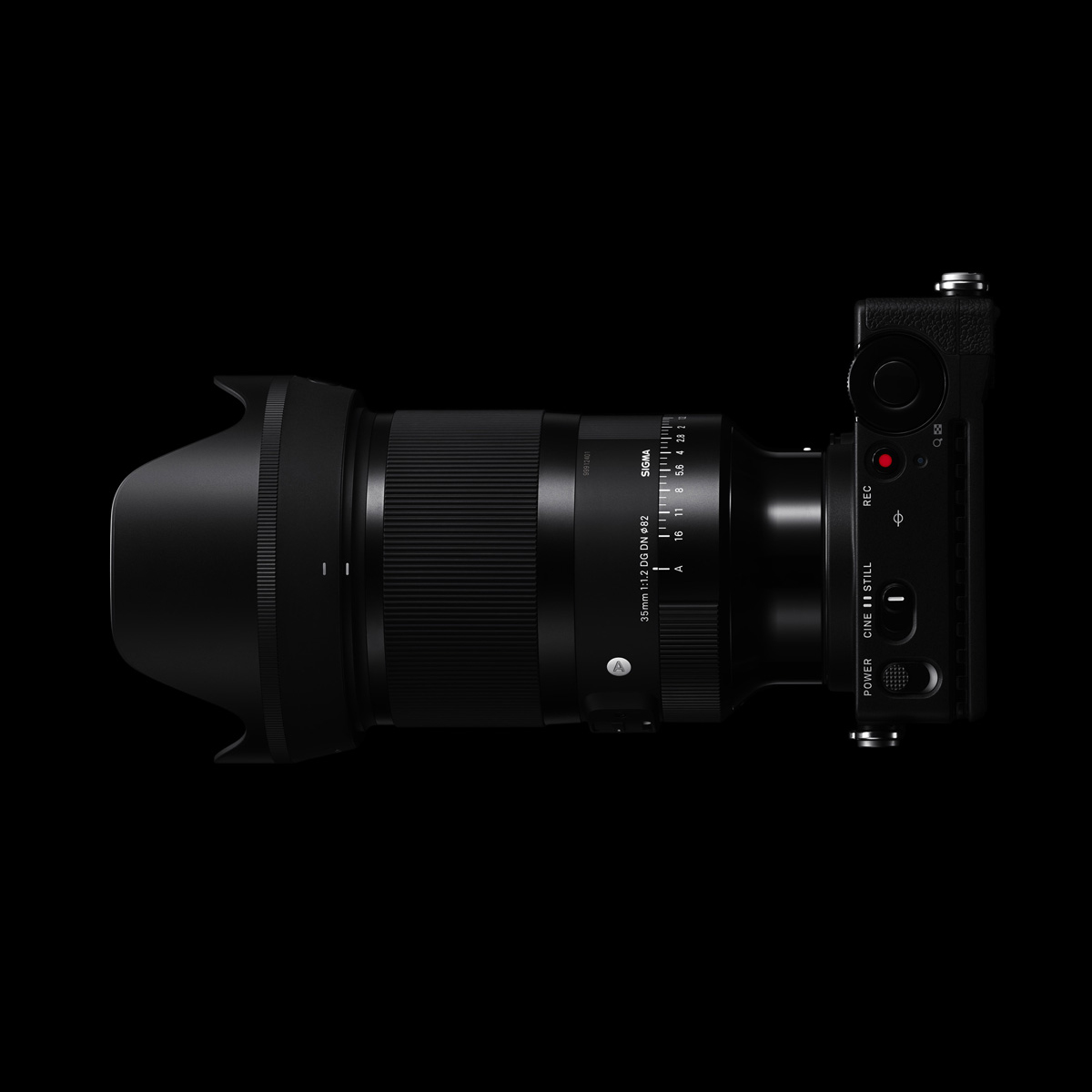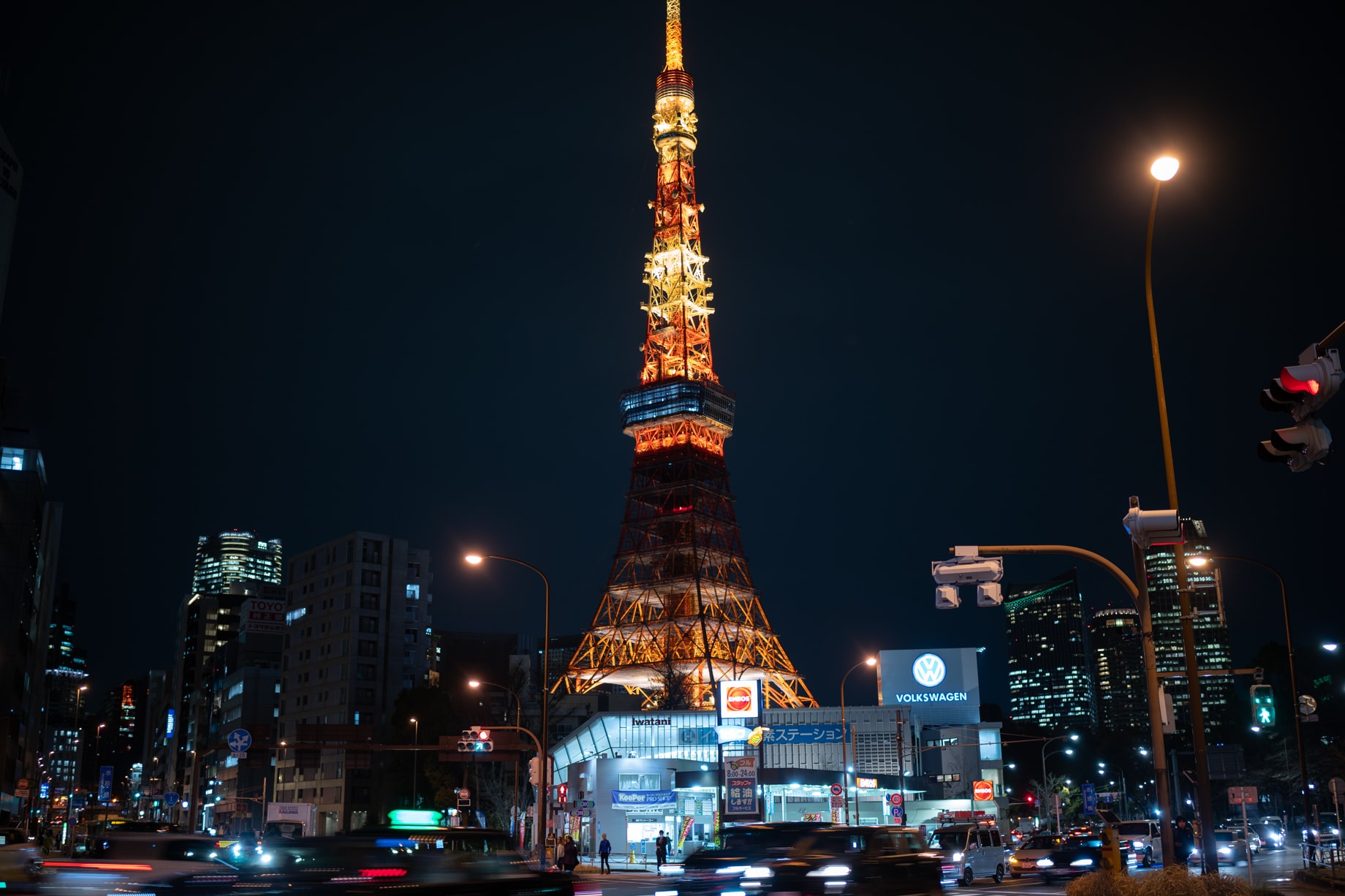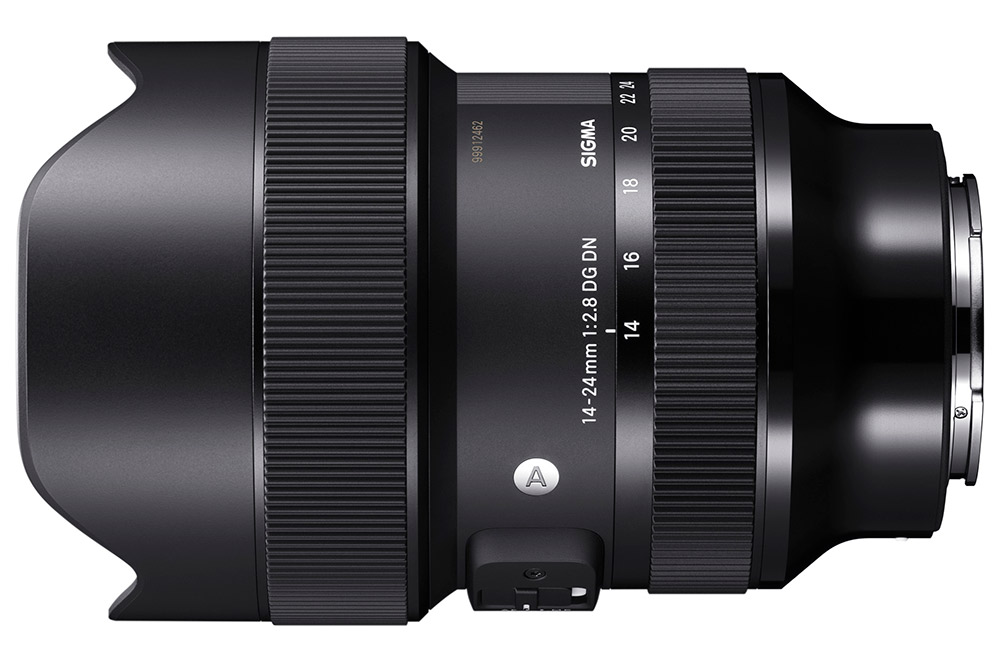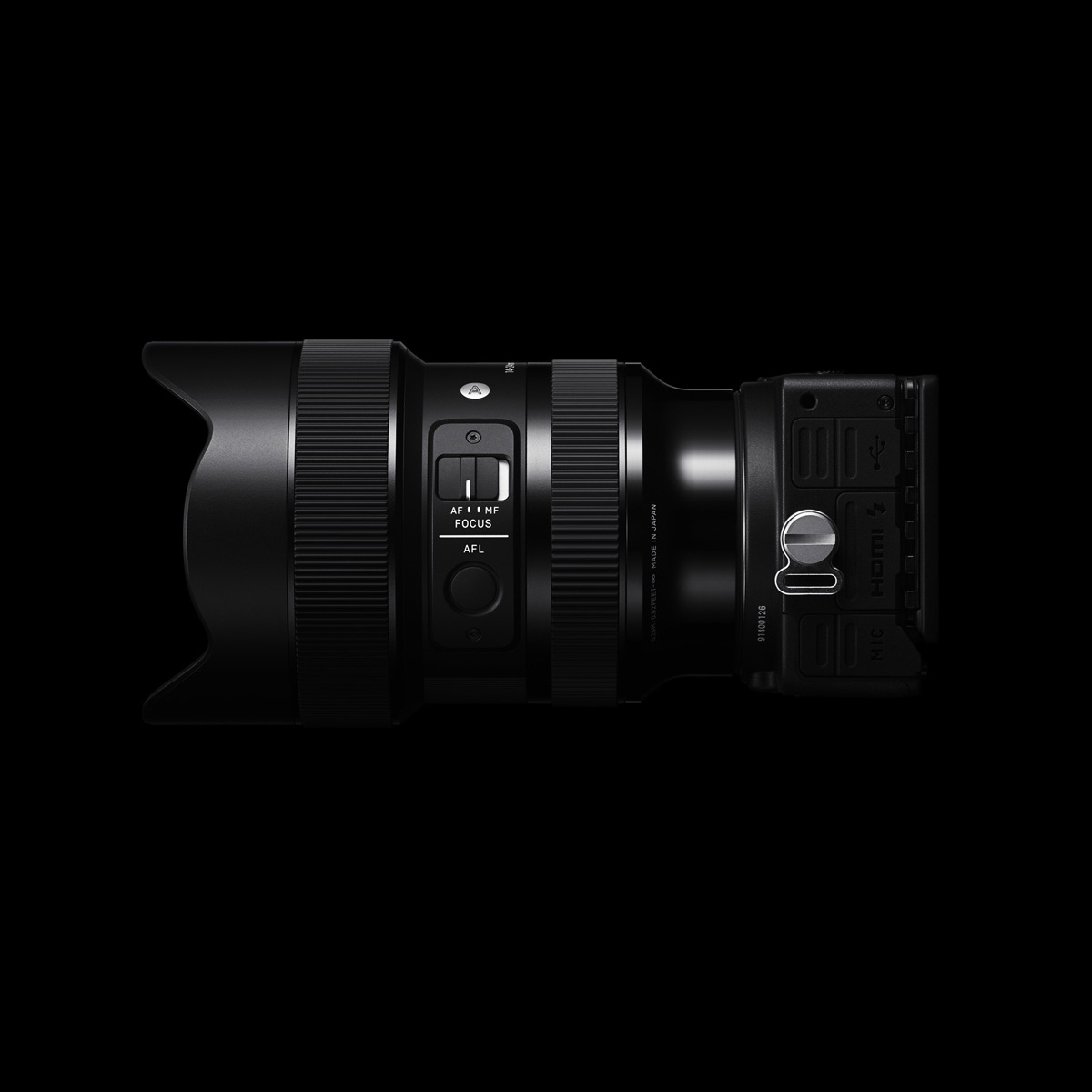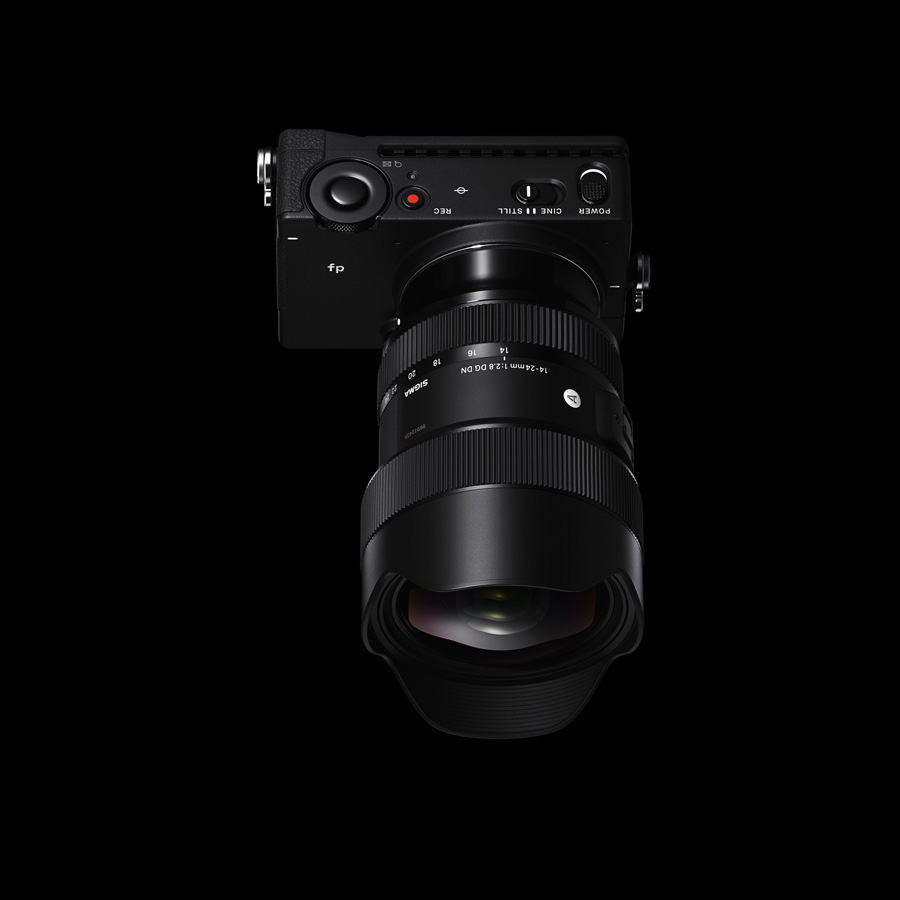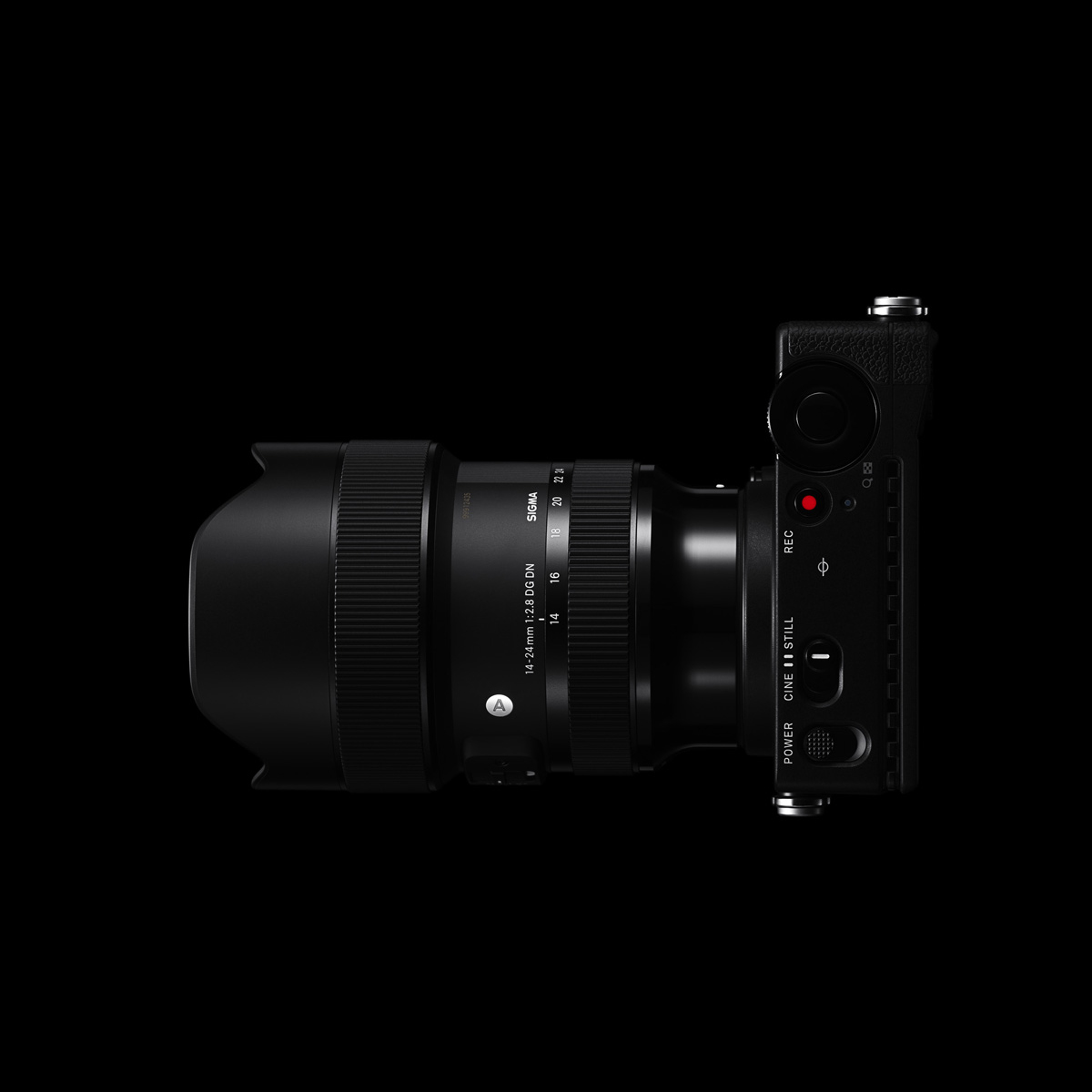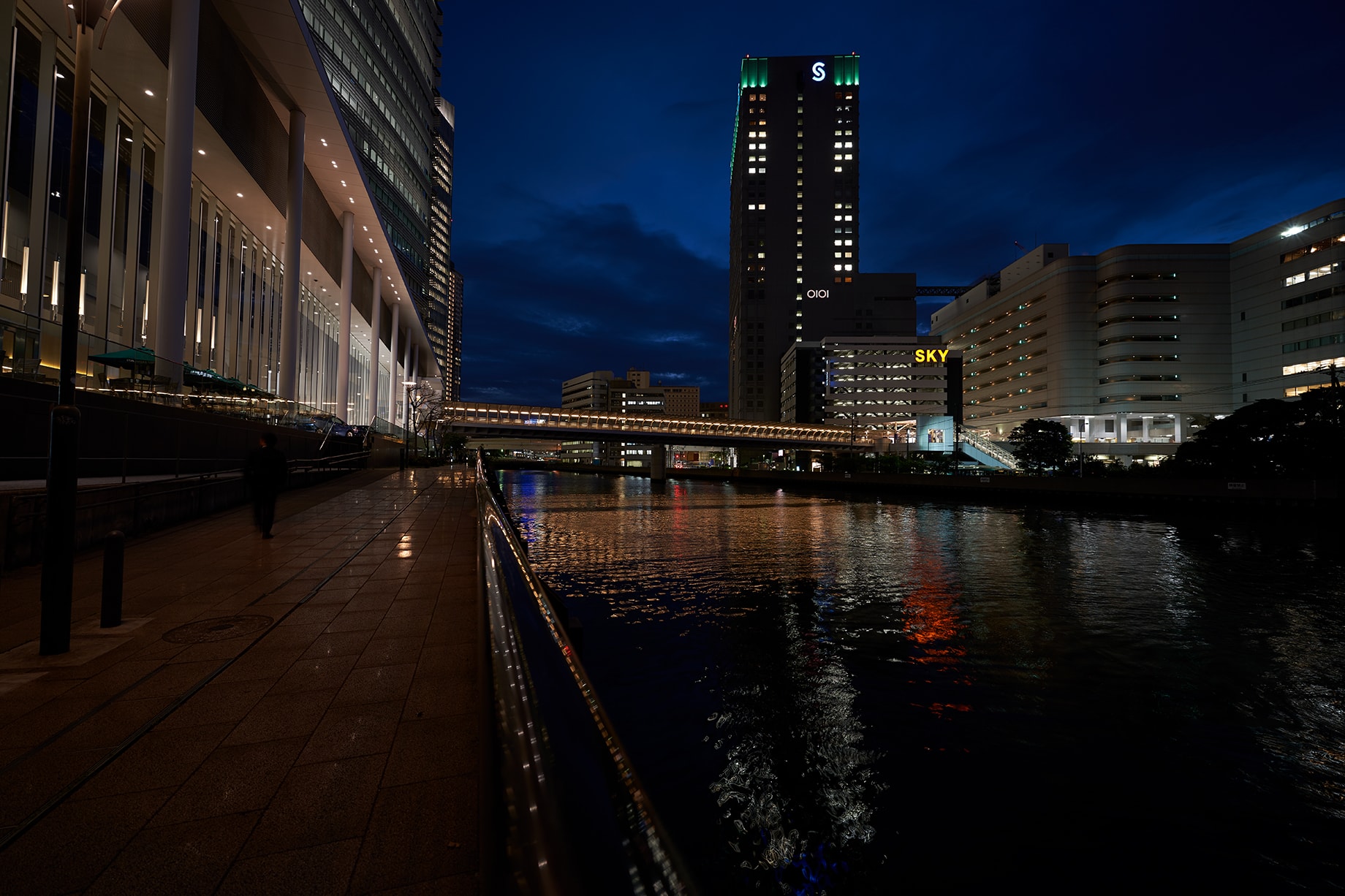Sigma Announces Three New Lenses for L-Mount and Sony E-Mount Systems
Besides the new, extraordinary fp camera, Sigma has just announced three new lenses for full-frame mirrorless cameras, each for both L-mount and Sony E-mount systems.
Sigma is a brand that always aims to be on top of current photo trends and this is a significant series of releases and should be a great sign of more to come for the ever-expanding full-frame mirrorless category.
Sigma 45mm F2.8 DG DN | Contemporary
Embody the Contemporary line’s concept of “Pursuing optimum balance”
Achieve the best balance of a lens suited for everyday use
Designed for combination with relatively small full-frame mirrorless cameras, this standard lens pursues easy operability as a regular prime lens by balancing its easy-to-carry size and high optical performance, thereby embodying the Contemporary line’s development concept of “pursuing optimum balance,” and becoming the perfect first lens in the lineup dedicated for full-frame mirrorless cameras.
“50mm is the most common focal length for a “standard lens.” It is considered to be ideal for capturing everyday scenes because it best corresponds to the perspective of the human eye. However, it sometimes feels too long to capture the cityscape naturally. I also think of the 35mm, but it is “too short for a belt, too long for a sleeve tie.” After all, I return to the 50mm worrying about the extra length. When I was asked to test this 45mm F2.8 lens, I was most delighted with the 5mm shortness, putting the optical performance aside. The difference of 5mm sounds small, but it makes a big difference in photography. The additional information brought by the 5mm shortness enhances the depth in images and the slight wideness makes me feel light. The location was Kyoto city. The cherry blossoms were in full bloom and I walked as my mood dictated.” says photographer Hiroshi Haraguchi.
It is just my conjecture, but I believe that SIGMA had developed this lens with a good sense of fun. Touching the high quality finish is a joy. The operation is solid and pleasant. The design is compact and stylish. The expression is so powerful even at the wide end. And, the combination of the exquisite 45mm focal length and the fast enough F2.8 brightness is perfect. This attractive lens meets all the requirements to be a regular lens. Mr. H says, “Pictures are perfected only after they are framed.” Here is my free translation. The best optical element is perfected with the best finish and design.
Sigma 35mm F1.2 DG DN | Art
Bringing the “pursuit of ultimate image quality” to the next level with an F1.2 Art line lens for mirrorless cameras
First wide-angle AF lens with F1.2 maximum aperture for the full-frame Sony E-mount and L-Mount system. This lens enables the creation of artwork with astounding resolution and large bokeh effects, such as portraits that make use of a shallow depth of field. It brings the development concept of the Art line “pursuit of ultimate image quality” to the next level. While utilizing optical correction function inside the camera, aberrations that are difficult to post-process are thoroughly corrected thanks to the optical design and it thereby enhances resolution.
“It is persuasive that SIGMA finally releases an f/1.2 lens because they have been making this many large-diameter fixed-focal lenses these days. If they further pursue the joy and possibility of photography, it is no wonder they would move to the next level of F1.2. The advancement of digital cameras requires better optical performance of lenses. SIGMA must be very confident because they chose to release the F1.2 lens when we do not always have to be afraid of increasing sensitivity anymore.” says photographer Yoshino Adachi.
Bokeh is dreamy and gradation is rich. Extremely low aberration even at wide open only adds to the reality of images. This lens definitely invites photographers to the new world of photography.
Sigma 14-24mm F2.8 DG DN | Art
Ultimate large-diameter, wide-angle zoom lens optimized for full-frame mirrorless cameras
-“The definitive lens for astrophotography” with astonishing resolution.
Many photographers like to use low sensitivity shooting to minimize noise as much as they can. Particularly in the photography of starry skies, bright wide-angle lenses are often selected because they can efficiently collect weak light. The 14-24mm F2.8 DG DN | Art has been developed as the ultimate large-diameter, wide-angle zoom lens by optimizing the standard specifications for photographing starry skies for full-frame mirrorless cameras. The uniform rendering performance and outstanding resolution to the edge of the frame make it the “definitive lens for astrophotography.” By utilizing the characteristics of the short flange focal length, this new-generation large-diameter zoom lens combines both a compact body and unprecedented high-resolution image quality.
“While for DSLR cameras they also make the “SIGMA 14-24mm F2.8 DG HSM | Art” that is identical in terms of the focal length and F-number, this one has a new optics dedicated to short flange focal length, which enabled compactization. In fact, the barrel’s diameter is 1cm shorter than the DSLR version. And, it weighs just 796g, which is 2/3 of the DSLR version. What a weight-loss.
I have once spoken with a SIGMA engineer and I was strongly impressed by what he said with a smile: “With regard to the Art Line, we only want the very best optical performance and have no restrictions of size, weight, and price.” This lens holds a unique position because it is an Art Line lens that is compact.” says photographer Takumi Hayato.
The absence of distortion of this 14-24mm zoom lens helps projecting expression in a variety of situations. It also means that, if you keep vertical and horizontal lines straight by pointing the camera straight ahead, the images would look as if they were shot with a standard lens as well. Of course, you can always enjoy the ultra-wide perspective by aiming the subjects with depth or shooting from a low angle. In other words, overcoming aberrations enhances the range of expression.
The expression “rendition becomes sharp and clear by stopping it down by a stop” may be over-used. Of course, it does by stopping down because aberrations are reduced at small apertures.
In fact, I stopped it down by half a stop until I checked aberrations shooting night scenes. I tend to “insure” against the potential degradation of image quality at wide open, even though they say, “peak image quality at wide open.” And so far, I have been helped by the insurance. However, when I checked the images of the night scenes carefully, I learned a simple rule: controlling aberrations improves image quality. As for this compact Art Line lens, I guarantee that their words are sincere and no insurance is necessary.
Lenses are available in preorder for $549 (45mm), $1499 (35mm), and $1399 (14-24). Shipments start from this August.
More info on Sigma’s website.

